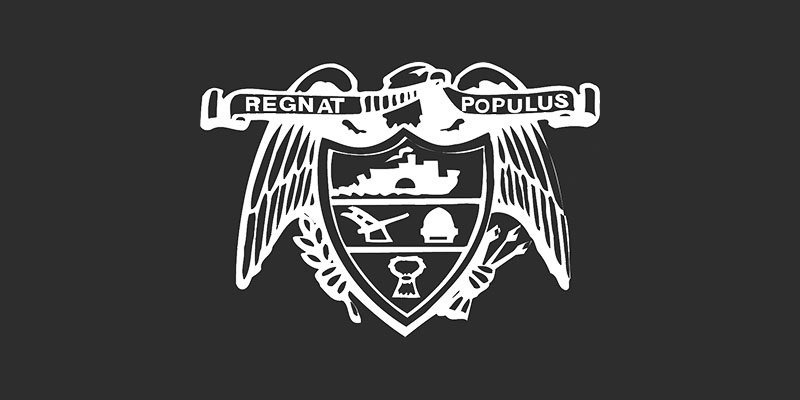- A new report from the Environment Financial Discussion board explores how the acceleration of technological know-how in monetary products and services is driving new dangers.
- These threats are accumulating and beginning to type systemic challenges.
- Listed here are three action locations essential to mitigation strategies.
The development of technologies in economical products and services has definitely been a web positive over the earlier a long time. For corporations, technological know-how and innovation have assisted to streamline operations and present new digital economic merchandise and solutions to shoppers at small price tag. Individuals, then, have benefitted through a combination of enhanced accessibility to fiscal expert services, usefulness, and increased assortment. At the exact time, as with all innovation, the enhanced use of technology is supplying increase to new hazards, risks that if unchecked, can come to be systemic and set into dilemma the steadiness of the world-wide economical method.
What are these threats and how can we method mitigation? This is the aim of a recently-released report by the Earth Economic Forum, in collaboration with Deloitte. The report, Beneath the Surface area: Engineering-driven systemic risks and the continued need for innovation, engaged over 150 gurus by means of interviews and seven digital worldwide workshops above the past year. Members included senior leaders from money products and services, technology companies, academia and the general public sector.
As highlighted in the report, to thoroughly realize the technological innovation-driven systemic pitfalls that are creating, it is beneficial to start by very first looking at the sources of chance. That is, scenarios that generate loss or generate uncertainty in the financial services ecosystem. A simple example of this would be lagging cybersecurity equipment and strategies. While not systemic on their have, resources of risk may perhaps build on just one yet another to type systemic threats.
Resources of risk can be mapped into five vital types. Three of these – Economic and Fiscal, Cyber and Details, and Societal and Local climate – instantly add to the development of systemic possibility. The other two – Structural and Composition and Engineering Utilization – are foundational and cross-reducing in character.

The development of systemic possibility
Graphic: Planet Financial Forum
Quite a few pressing systemic threat themes are immediately arising as the accumulation of resources of danger inside and across groups grows. One these kinds of threat theme is Digital Interdependencies. As the economic providers ecosystem turns into increasingly digitally interconnected, any entity that plays a critical position in enabling economic products and services can cause ecosystem disruptions and cascading implications. Getting into consideration, as well, the consolidation of distributors that present main abilities (e.g., cloud services suppliers), and complicated source chains that limit visibility into nodes of a network, one can understand the severity of the possibility.
One more technological innovation-driven systemic hazard concept that is forming is Emerging Resources of Affect. Social media platforms are providing new opportunities to push things to do and behaviors that pose risks to shopper defense and market place steadiness. Specific actors and malicious packages (e.g. bots, deepfakes) can impact sentiment and, hence, investing conduct and other money decisions. Specified the attain and scale of these platforms, merged with the velocity of info sharing and limited safety mechanisms, the implications are considerable.
Other rising program danger themes involve Hazard Model Vulnerabilities, Gaps in Entity-centered Regulation, Conflicting Countrywide Priorities and New Motorists of Money Exclusion. Nevertheless these pitfalls may well suggest a pessimistic upcoming for our ever more digital economical program, there is also lots of fantastic news – strategic and fast motion can assist with hazard avoidance, intervention and resolution. Here are three means in which we must technique mitigation, ideally concurrently:
1. Entity-degree attempts
Particular person entities want to get action towards new systemic challenges surfacing, with deep thought for their part in the ecosystem and relation to each danger. Though entities can not entirely resolve risks independently, dependable methods to secure one’s business will also gain the ecosystem as a total.
Making on traditional techniques to hazard mitigation, entities can explore novel instruments and applications that boost existing procedures. Quite a few chances to boost attempts are building – for example, employing geospacial network mapping to bolster mitigation for Digital Interdependencies. This is an emerging software that makes it possible for an entity to better detect and manage vulnerabilities as they crop up. Corporations can join geospacial knowledge with community maps to keep an eye on their actual physical and electronic footprints. This assists in rapid identification of provider disruptions or cyberattacks interfering with functions, letting for authentic-time intervention.

Geospacial network mapping
Image: Environment Financial Forum
2. Multilateral attempts
Since systemic challenges are issues that have an impact on the whole ecosystem, multi-stakeholder cooperation is essential to driving methods. There is appetite and ability to increase on existing collaborative initiatives. These can be community-non-public, personal-private and/or public-public in character.
Quite a few of these prospects can be easily envisioned. Get, for instance, multilateral scenario arranging. Public and non-public sector gamers can collectively develop enhanced circumstance arranging workouts and establish intensive stress checks with a broader ecosystem orientation.
In addition to growing initiatives all-around additional very easily envisioned collaborations, it is also significant to examine the prospective of much more bold inventive mitigation applications. Imagine, for case in point, that ecosystem actors establish a multilateral financial industry notify system: Huge Techs and regulators collaborate on an state-of-the-art wrong-information detection method with a shared stay feed, which is then leveraged for the identification of “red flag events” and broader industry warnings. Deep mastering methods could be the basis of these types of a system, as they are robust and properly-geared up to offer with intricate conversation patterns between social networks and economical markets.
3. Technological know-how
Although the enhanced use of know-how in financial services is offering increase to new risks, engineering is also an apt device for mitigation. We have previously observed this by way of the examples previously mentioned, the place technologies is embedded in the entity-level and multilateral options outlined.
The opportunities for know-how to assistance mitigation are plentiful. Nevertheless, as the former illustrations also reveal, we ought to contemplate that there is normally a human component to the implementation of know-how. To totally mitigate the risks surfacing now, and these that will inevitably choose form as unintended penalties abide by even newer innovations, collective motion will be important.
The Entire world Economic Forum’s report more delves into the specific and collective approaches that are needed for a prosperous convergence of mitigation endeavours. With strategic organizing and cooperation, along with a healthful dose of optimism, technological know-how can continue to be a potent and beneficial force in economic services.


